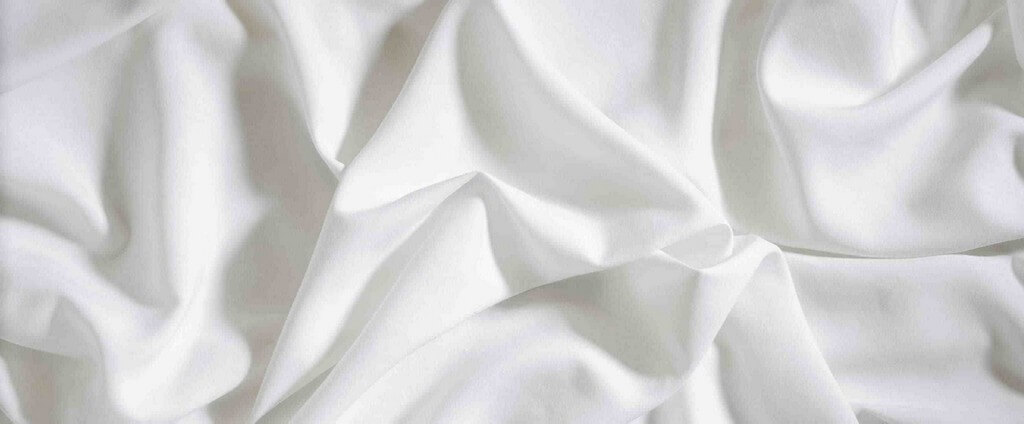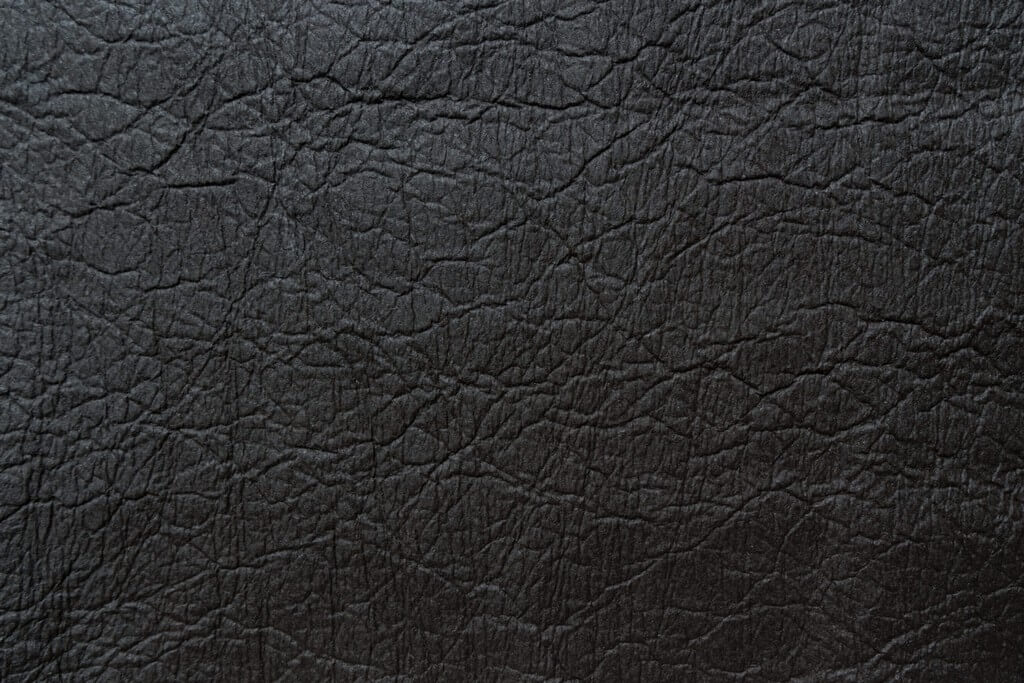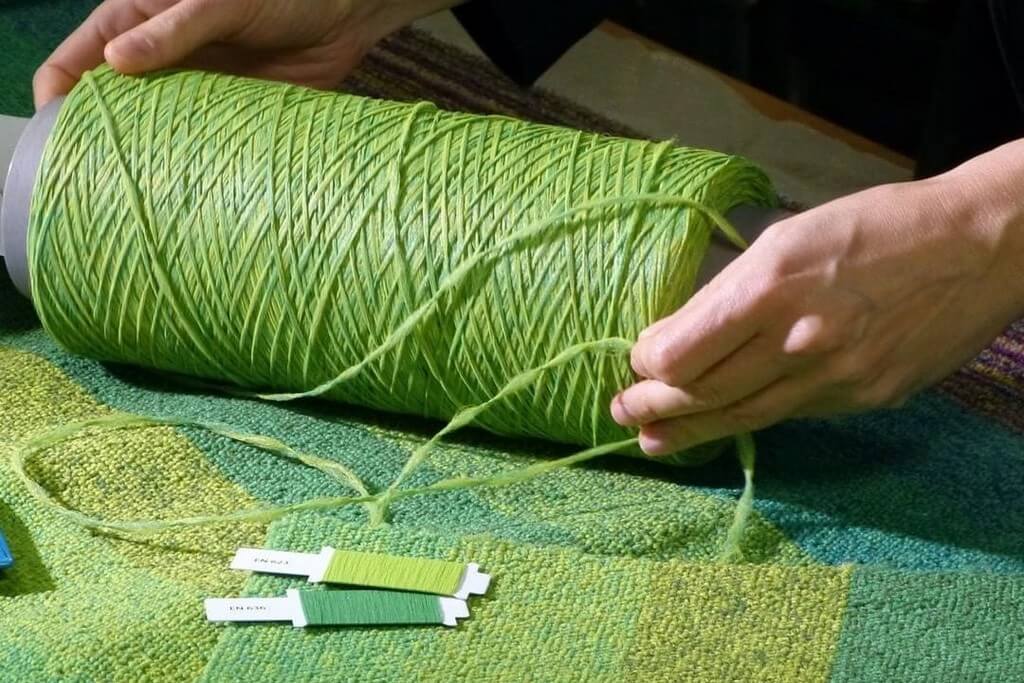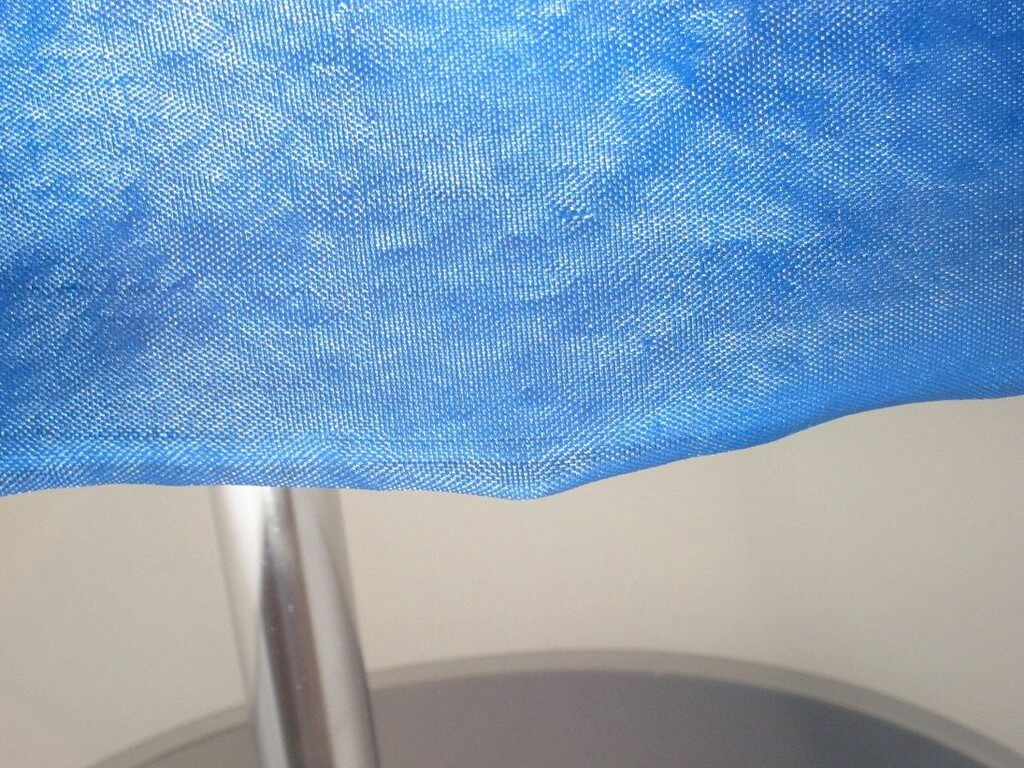Innovative fabrics that are changing the way we look at textiles
25/05/2021 2021-05-25 13:12Innovative fabrics that are changing the way we look at textiles
Innovative fabrics are textiles that combine the innovative potential of material that exist around us with the technical capabilities that man has formulated. These textiles can also take inspiration from nature in the forms of biomimicry. Innovative fabrics identify the loopholes in using traditional and commercial fabrics and offer solutions to various problems or concerns that these textiles were not capable of addressing. The top innovative fabrics are:
Tencel
Tencel is a light cellulose fabric which is created by dissolving wood pulp and it is produced by Austrian company Lenzing AG. It’s been growing in popularity recently, as it is 50% more absorbent than cotton, and requires less energy and water to produce. Along with this, the chemicals used to produce the fibre are managed in a closed-loop circular design system. This means the solvent is recycled which reduces the generation of hazardous waste. In addition to this, Tencel has moisture-wicking and antibacterial properties, which makes it perfect for activewear and performance-wear.

Piñatex
When it comes to vegan leather alternatives, Piñatex is the material to look out for. This futuristic material is made from pineapple leaf fibre and manufactured by Ananas Anam. Not only is it a cruelty-free replacement for leather, it is natural and sustainable. As Piñatex is made from a food by-product, it reduces waste and helps the farming communities that grow the fruit build their livelihood and revenue.

Econyl
Econyl created by Italian firm Aquafil, uses synthetic waste such as industrial plastic, waste fabric, and fishing nets from the ocean, and recycle and regenerate them into a new nylon yarn that is exactly the same quality as nylon. This regeneration system forms a closed-loop, uses less water, and creates less waste than traditional nylon production methods. Waste is collected, then cleaned and shredded, depolymerised to extract nylon, polymerised, transformed into yarn, and then re-commercialised into textile products. Econyl is a promising fibre, far more sustainable than nylon. Traditional washing of Econyl can shed plastic micro particles that can end up in the ocean. This fabric is best used to create seldom-washed items like sneakers or bags.

Qmonos
Qmonos, a synthetic spider silk, has recently been developed through the fusion of spider silk genes and microbes. The fibre is said to be five times stronger than steel, the toughest fibre in nature, while being very lightweight, more flexible than nylon, and entirely biodegradable. No spiders are farmed or harmed in the manufacturing process, making Qmonos a more sustainable and ethical alternative to silk and nylon.

Innovative fabrics not are made with a more human-centric approach, but which consider the environmental impact of their making. As problems of waste generation and material futures are being recognised, these innovative fabrics hold the future of what the textile industry is capable of producing. These fabrics aim to prolong the lifespan of its products as well in order to reduce the prospect of them ending up in a landfill. JD Institute’s textile design course encourages and supports its students to embrace innovation in their creative practice and to conceptualise design that caters to provide solutions to current problems.













